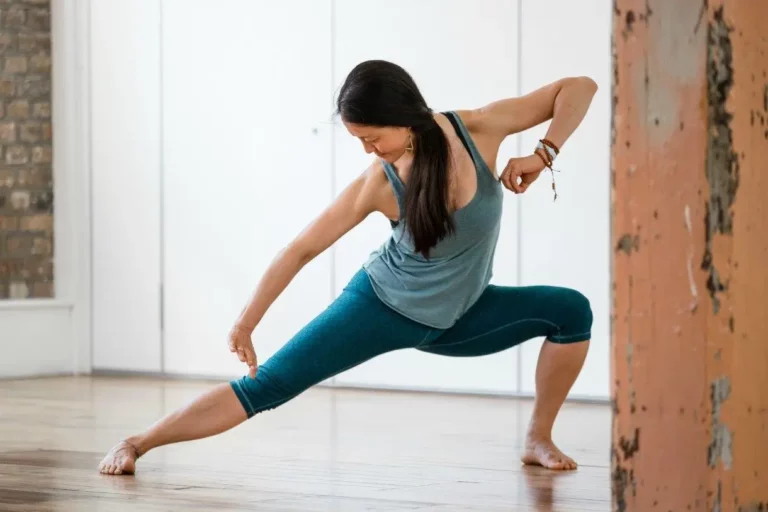Wrist pain can be common in the yoga world. To help alleviate the pain, students are often times told to stretch the wrist but this can be counterproductive. triyoga therapist and yoga teacher James Chapman shares fascinating facts about the sensitivity of our hands as well as tips on how to alleviate wrist pain when practising yoga.
As a yoga teacher, when asking students at the beginning of class if they have injuries the most common by far is people saying that they have wrist pain. I then (after asking) gently palpate (touch) their forearms and nine times out of ten they grimace in pain as their wrist flexors and extensors are painful to the touch and are hypertonic (tight).
About the hands
The hands are by far the most sensitive part of the body i.e. they have far more nerve endings than anywhere else and you’re far more likely to have problems with peripheral nerves in your hands, wrist and forearms than anywhere else in the body. Carpal tunnel syndrome (compression of the median nerve) being the most prevalent peripheral nerve syndrome and then behind that is cubital tunnel syndrome (compression of the ulnar nerve).
The below picture is the sensory homunculus – a visual representation of the distribution of sensory nerves in the body. The hands are huge because they have far more nerves in them than any other part of the body, after that lips, tongue, eyes, feet and genitals.

Our hands do so much for us and are the second most active part of the body after the brain. We take our hands for granted and it’s only when something goes wrong that we realise how much we use them.
Wrist pain in yoga
Wrist pain is common in the yoga world due to the amount of weight bearing we do on our hands. People who are new to yoga will often have pain because their muscles may be weak and those more experienced because there is some thickening or compression from overuse – i.e. repetitive strain injury (RSI).
It’s very common for yoga teachers to suggest stretching the wrist flexor and extensors, but that can be counterproductive when the tissues are already being constantly overstretched.
So, what can you do to help alleviate wrist pain when practising yoga?
1 – Changing your practice
There are a few things you can do and the most obvious is to find a practice that avoids weight bearing on the hands such as triyoga’s hot yoga sequence. Changing the angle of the wrist and therefore changing the direction of pressure applied is a useful workaround. Props such as wedges can also be useful to help you do this, but again this is a workaround of the symptoms. You really need to try to fix the root cause of the pain.
2 – See a specialist
Massage has been proven to help reduce pain and increase strength (1) in people suffering from carpal tunnel syndrome and wrist pain. I personally have had great success in helping people with this and as a structural bodyworker, I look to differentiate the tissues and refine the client’s proprioception i.e. give them a greater sense of their movement abilities (help them move without pain). If we can create better function, then pain should be diminished. I also use KTape (2) and dry needling (3) which have both been proven to help reduce pain and improve function in people suffering from wrist pain.
3 – Self-massage
Self-massage is key to keeping any unhappy muscles and soft tissue happy long term. Click here to view my self-massage video tutorial for carpal tunnel, RSI, wrist, forearm and hand pain.
4 – See a doctor
If none of these things help, go and see your GP.
James Chapman is a highly skilled structural body worker and yoga teacher with over 11 years professional experience. His unique treatments combine myofascial release, sports massage and medical acupuncture. With the aim of creating good function to relieve pain and improve performance, each treatment is individually tailored to the clients need. His specialty is postural pain and his treatments are also suitable for sports injuries, chronic conditions, pregnancy and structural imbalances.
Click here to view James’ therapy schedule and to book a treatment.
Click here to view James’ yoga schedule and to book a class.










